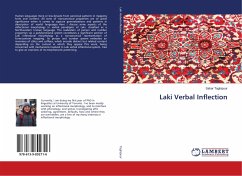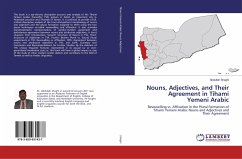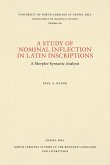Human languages more or less deviate from canonical patterns in mapping form and content. All sorts of noncanonical properties are of great significance when it comes to capture generalizations and patterns in description of world languages. Here I discuss some aspects of the inflectional morphology in verbal paradigms of Laki, classified as a Northwestern Iranian language. The realization of person and number properties via a polyfunctional system constitutes a significant portion of Laki inflectional morphology as a noncanonical representation of form/content mapping. Its person and number system embodies an inventory of clitics and suffixes, which encode distinct but related content depending on the context in which they appear. This work, being concerned with mechanisms involved in Laki verbal inflectional system, tries to give an overview of its morphotactic patterning.
Bitte wählen Sie Ihr Anliegen aus.
Rechnungen
Retourenschein anfordern
Bestellstatus
Storno








